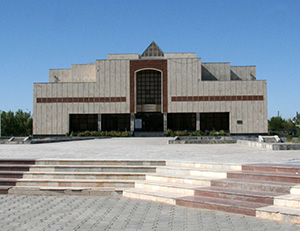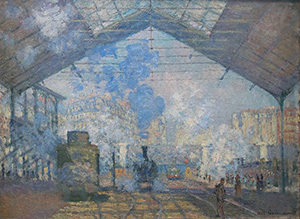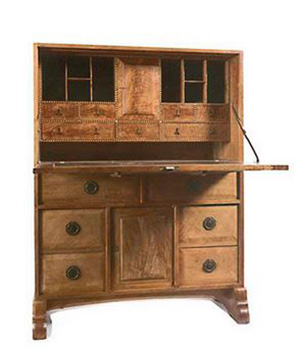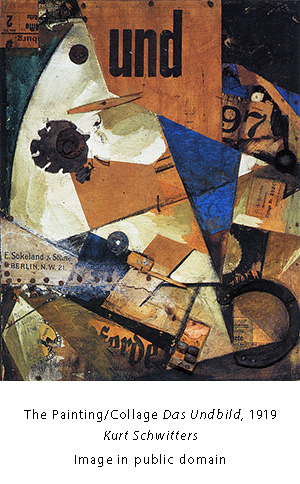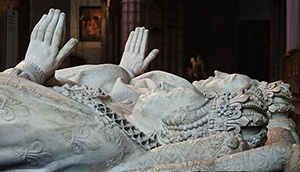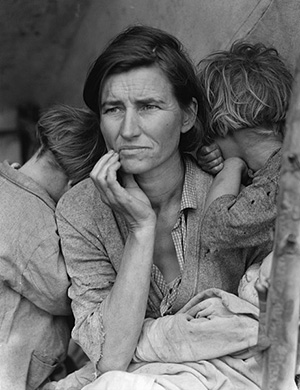The Day Parliament Burned Down
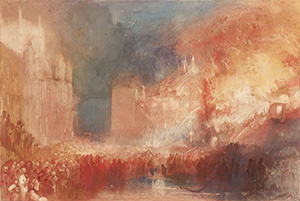
The Burning of the Houses of Parliament c1834-35
J M W Turner
Image © Tate
Used under Creative Commons Licence
Wednesday 4th November 2020
Caroline Shenton
In the early evening of 16th October 1834, to the horror of bystanders, a huge ball of fire exploded through the roof of the Houses of Parliament, creating a blaze so enormous that it could be seen by the King and Queen at Windsor and from stagecoaches on top of the South Downs. In front of hundreds of thousands of witnesses, the great conflagration destroyed Parliament’s glorious old buildings and their contents. No one who witnessed the disaster would ever forget it.
This lecture will take us through the gripping hour-by-hour story of the fire through contemporary depictions of the disaster by Turner, William Heath and others.
Dr Caroline Shenton is an archivist and historian. She was formerly Director of the Parliamentary Archives in London, and before that a senior archivist at the National Archives.
Her book, The Day Parliament Burned Down, won the Political Book of the Year Award in 2013. Its sequel, Mr Barry’s War, about the rebuilding of the Palace of Westminster, was a Book of the Year in 2016 for The Daily Telegraph and BBC History Magazine.
This lecture was streamed online on Wednesday 4th November 2020 at 11:00am.
